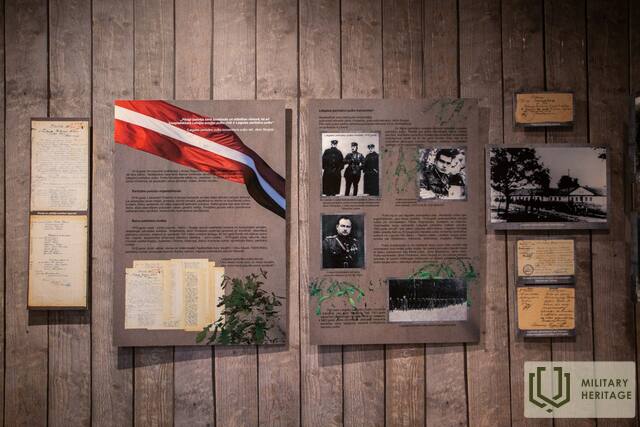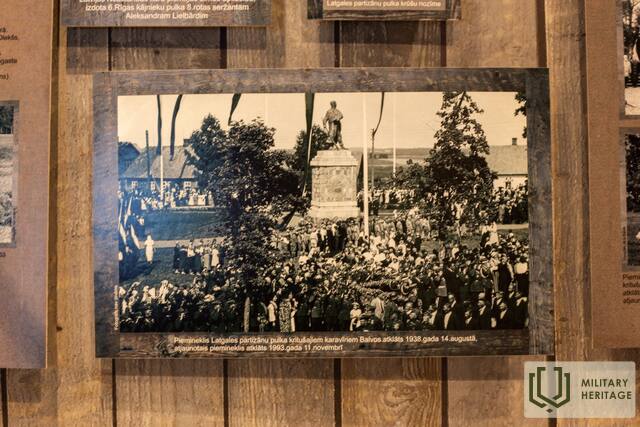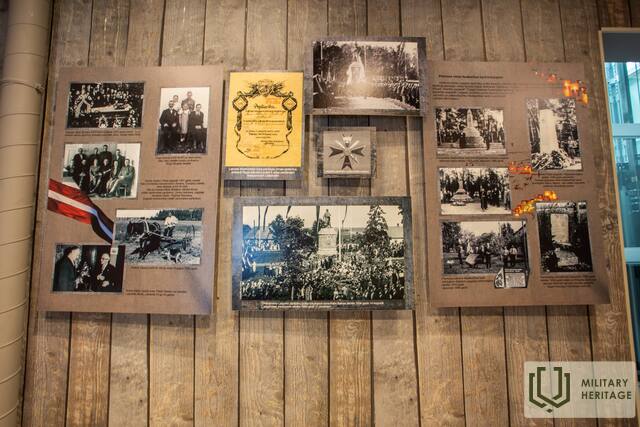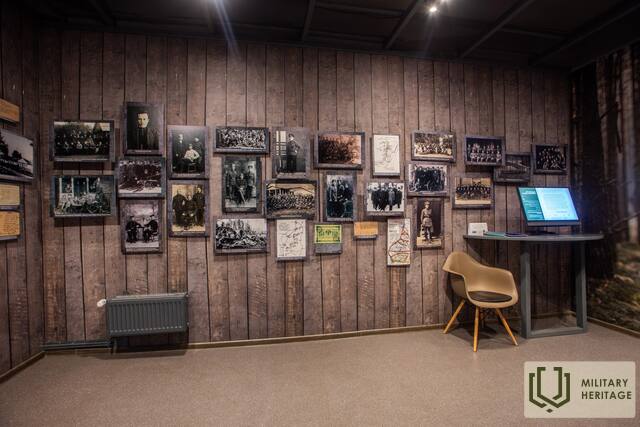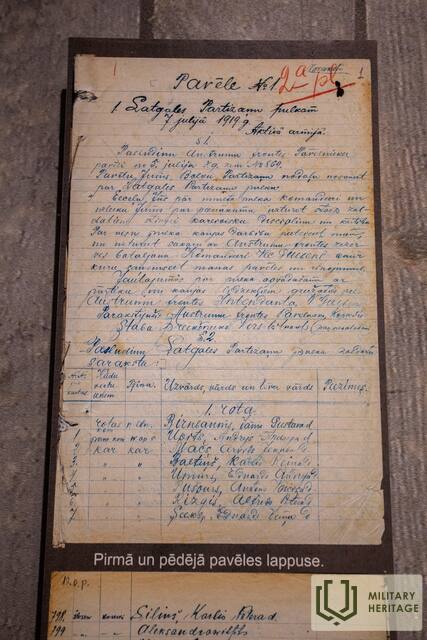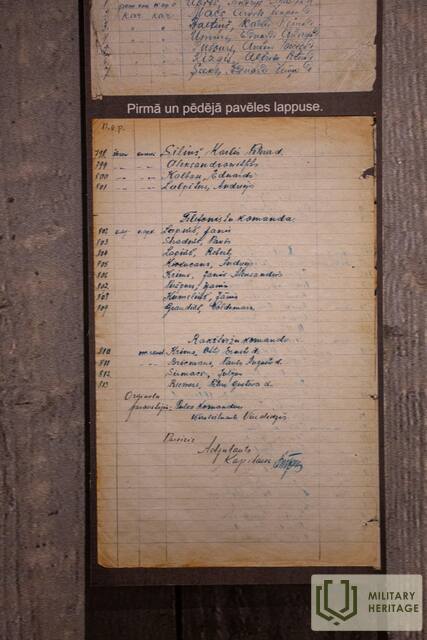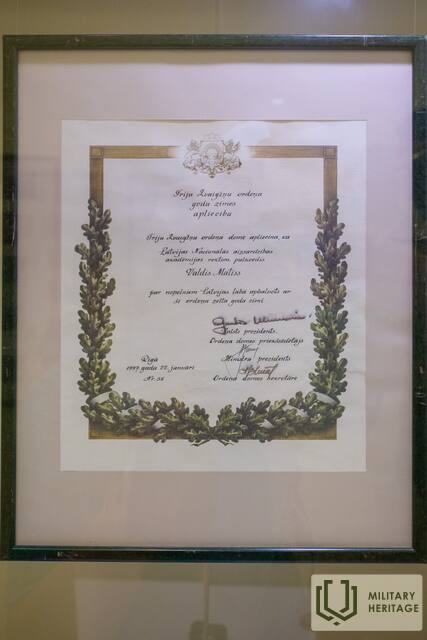Ekspozicija „Šiaurės Latgala kovose už laisvę“ (Ziemeļlatgale brīvības cīņās)
Muziejus

 220
220







Muziejus įsikūręs Balvų dvaro komplekse, buvusiame dvaro klėties pastate.
Ekspozicija supažindina su Latvijos Nepriklausomybės kovų istorija iš Šiaurės Latgalos perspektyvos, pasakoja Latgalos partizanų pulko kūrimosi ir veiklos istoriją. Čia eksponuojamos anksčiau niekur nepublikuotos nuotraukos ir dokumentų kopijos, įskaitant 1919 m. liepos 5 d. įsakymą dėl pulko suformavimo. Ypatingą ekspozicijos dalį sudaro 1919 m. liepos–spalio mėn. rusų kalba rašyti vidiniai pulko įsakymai. Jie atskleidžia šio vietinio karinio dalinio formavimosi ypatumus – jame kartu kovojo latviai, latgaliai, rusai ir žydai. Tik pulkui tapus visaverte Latvijos kariuomenės dalimi ir jį papildžius mobilizuotiems kariams iš kitų Latvijos regionų, vidiniai dokumentai pradėti rengti latvių kalba. Ekspozicijoje pasakojama apie Šiaurės Latgalos išvadavimo operaciją. 1920 m. sausio 9–15 d. Latvijos kariuomenės Latgalos divizijos vykdytų mūšių metu buvo išlaisvintos Viliakos, Jaunlatgalės ir Karsavos apylinkės. Galima apžiūrėti su šia operacija susijusius eksponatus, įskaitant ir Lat galos partizanų pulko veiklą Karsavos išvadavimo metu.
Panaudoti šaltiniai ir literatūra:
Balvio apygardos muziejus
wikipedia.org/wiki/Zieme%C4%BClatgales_atbr%C4%ABvo%C5%A1anas_oper%C4%81cija
Edukacinės programos
Muziejinės pedagogikos pamoka „Generolas Valdis Matīsas“
Pamokoje pristatoma žymi Latvijos karo istorijos asmenybė – Valdis Matīsas. Apžiūrėkite jam skirtą parodą su uniformomis, apdovanojimais ir nuotraukomis. Atlieka įvairias užduotis, kurios skatina istorijos supratimą.
Ekskursija „Latgalių partizanų pulkas“
Balvų krašto muziejuje paroda „Šiaurės Latgalė už Latvijos nepriklausomybę“ supažindina su Latgalos partizanų pulko istorija. Tada einame pasivaikščioti po Balvus, aplankydami su Latgalės partizanais susijusias vietas – paminklą, skirtą Latgalės partizanams, ir vietą, kur kadaise buvo įsikūręs pulko štabas.
Susijusi laiko juosta
Susijusios temos
Susijusi istorija
Šiaurės Latgalos išlaisvinimas nuo bolševikų
1918 m. gruodžio 1 d. Raudonosios armijos daliniai, sudaryti iš raudonųjų šaulių dalinių, įsiveržė į Latvijos teritoriją. Siekdami apsaugoti savo namus, šeimas, gimtąjį kraštą ir išvengti teroro, Balvių apylinkių vyrai griebėsi ginklų ir patraukė į miškus, prasidėjo pirmųjų „žaliųjų“ grupių formavimasis. 1919 m. pavasarį, paskelbus mobilizaciją, daugelis Balvių apylinkių vyrų laikė nepriimtiną kovą sovietinėje Latvijos armijoje ir prisijungė prie „žaliųjų“ grupių. Buvo suformuotos Balvių, Silakrogo, Rugėjų, Teteru-Dūrupės ir Liepnos grupės. „Žaliųjų“ grupių veikla Balvių apylinkėse suaktyvėjo 1919 m. kovo mėn.





